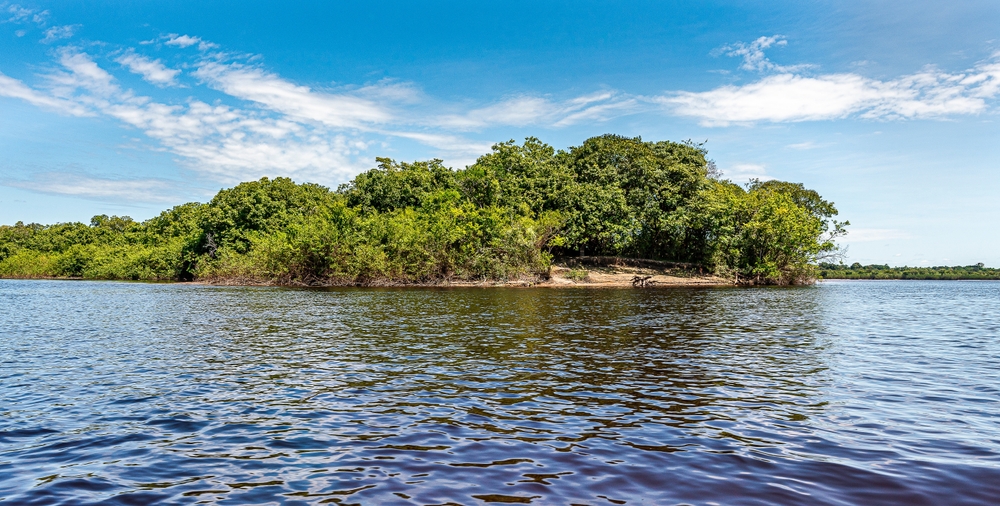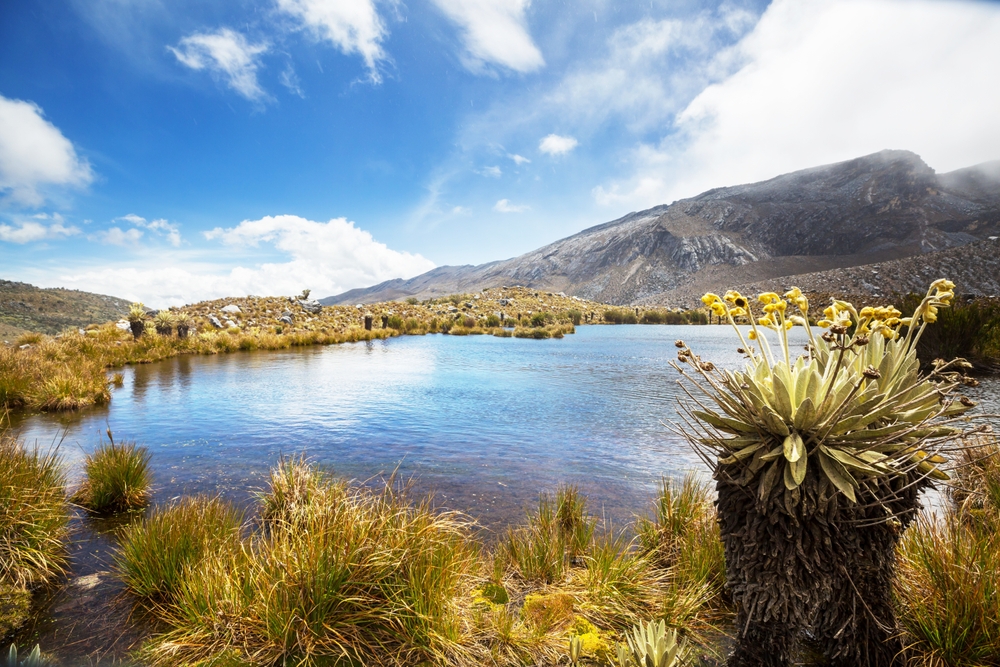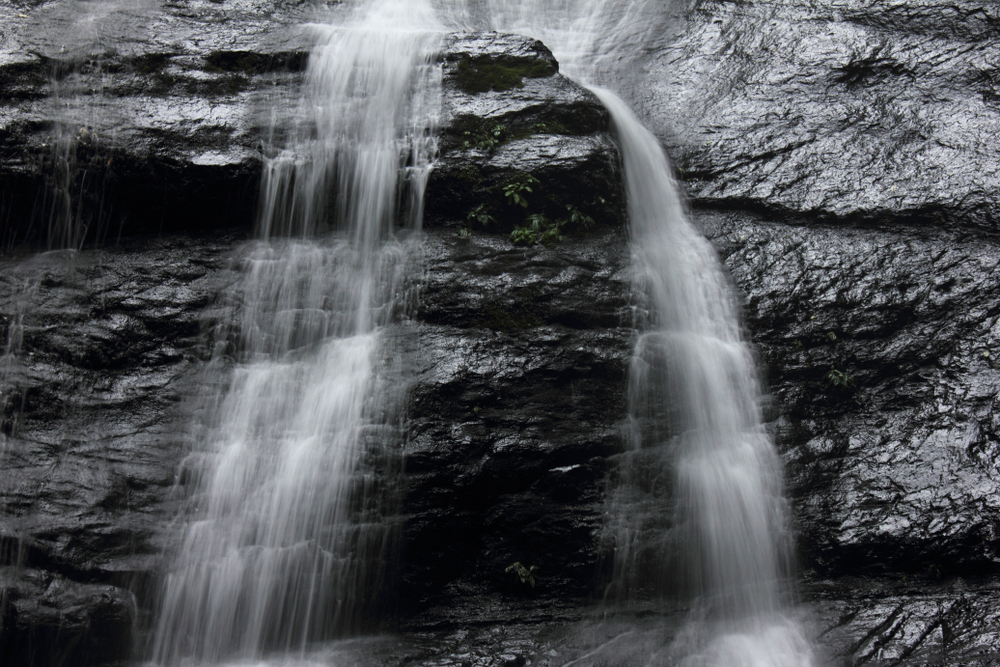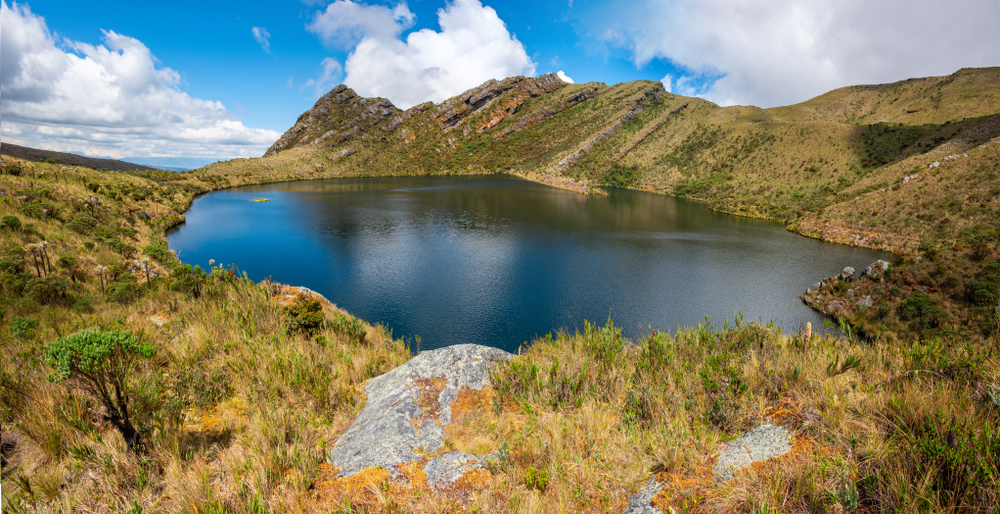Farallones de Cali Overview
Farallones de Cali National Park, known locally as Parque Nacional Natural Farallones de Cali, is a vast protected area in western Colombia, covering approximately 580 square miles (1,500 square kilometers). Located in the Valle del Cauca Department, it is situated in the western Andes, just outside the city of Cali.
The park’s name comes from the striking Farallones de Cali mountain range, which rises dramatically from the landscape, forming a rugged and diverse terrain. The park extends from the tropical lowlands to high-altitude cloud forests, creating a range of ecosystems that support rich biodiversity.
The landscape of the park is characterized by steep mountain slopes, deep river valleys, and dense forests. The Farallones de Cali mountains, which reach elevations of over 13,000 feet (4,000 meters), are among the most prominent features, with jagged peaks and mist-covered summits.
Numerous rivers, such as the Pance, Anchicayá, and Cali rivers, originate within the park, supplying water to the surrounding regions. The park’s varied elevation leads to different vegetation zones, from humid tropical forests at lower altitudes to cloud forests and páramo ecosystems at higher elevations. Towering trees, moss-covered rocks, and a dense understory make up much of the forested areas, while orchids and bromeliads thrive in the misty upper regions.
The park is home to an impressive array of wildlife, including some of Colombia’s most iconic species. Large mammals such as the spectacled bear, puma, and ocelot roam the dense forests, while smaller creatures like anteaters and armadillos are also present. The birdlife is especially remarkable, with over 540 recorded species.
Visitors might spot colorful Andean cock-of-the-rock, mountain tanagers, and toucans. The park is also a crucial habitat for rare and endangered birds, including the multicolored tanager and the Cauca guan. Reptiles and amphibians, such as poison dart frogs and various snake species, add to the park’s ecological richness.
Popular attractions in the park include the Pance River, a well-known spot for swimming and picnicking, as well as hiking trails that lead to scenic viewpoints and waterfalls. The Anchicayá River basin is another area of interest, particularly for birdwatchers looking to observe rare species in their natural habitat.
The rugged mountains provide opportunities for adventure seekers, with challenging trekking routes and rewarding panoramic views. Cloud forest trails offer an immersive experience in the park’s diverse flora and fauna, while the páramo regions present a unique high-altitude environment rarely found elsewhere.
Visitors can explore the park in several ways, including guided hikes, birdwatching tours, and river excursions. The Pance sector, close to Cali, is a popular entry point, where visitors can enjoy nature walks and refreshing swims in the clear waters of the Pance River.
More adventurous travelers may embark on multi-day treks into the remote areas of the park, where the pristine landscapes and secluded wilderness offer a true escape into nature. Birdwatching is a major draw, as the park is one of the best places in Colombia to observe rare and endemic species.
Conservation efforts in the park focus on protecting its unique ecosystems from threats such as deforestation, illegal hunting, and habitat degradation. The park’s management works with local communities to promote sustainable tourism and environmental education.
Conservation programs have helped protect key species like the spectacled bear, while ongoing research initiatives aim to monitor and preserve the park’s biodiversity. Despite challenges, the park remains a crucial stronghold for Colombia’s wildlife and an important refuge for many threatened species.

















































































